Apple on Friday released an updated version of its iTunes Connect app for content providers, adding unit sales and proceeds to the Trends analytics tool.
With iTunes Connect version 3.2.1, Apple is providing developers, musicians, authors and other content creators tools for drilling down into download and monetization stats directly from their iPhone or iPad.
The latest iteration adds sales and proceeds analytics viewing options to the app's Trends pane. By tapping on the numbers listed to the right of a digital asset, for example "Paid Apps" sold through the App Store, users can cycle through units, sales and proceeds statistics.
Apple is continually building out its iTunes Connect feature set, most recently activating a weekly app analytics email service for keeping track of vital performance metrics. In September, the iTunes Connect web hub was overhauled with new features and a refreshed user interface.
The service's mobile app was also updated in September with support for push notifications designed to alert providers of content changes.
The latest iTunes Connect version is a free 5.9MB download from the App Store.
 AppleInsider Staff
AppleInsider Staff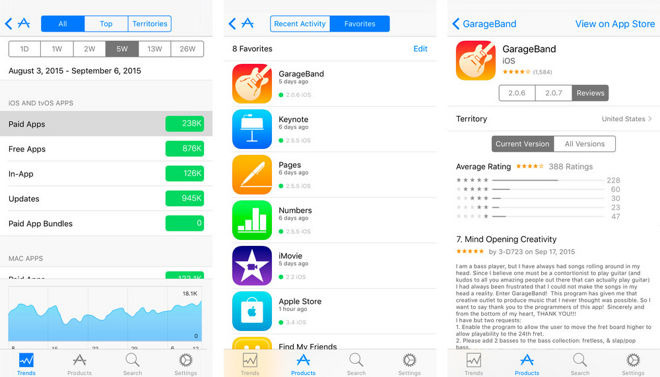


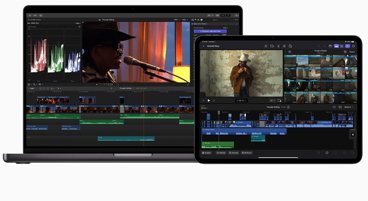
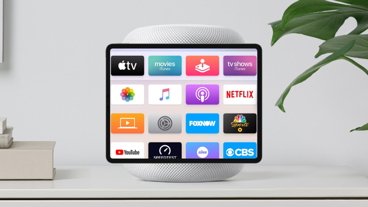



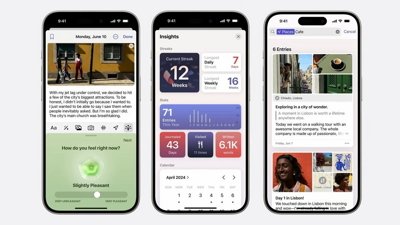
 Charles Martin
Charles Martin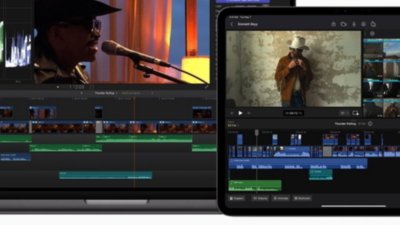
 Marko Zivkovic
Marko Zivkovic
 Mike Wuerthele
Mike Wuerthele
 Malcolm Owen
Malcolm Owen
 Andrew Orr
Andrew Orr
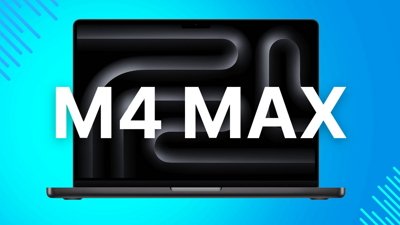
 Christine McKee
Christine McKee
 William Gallagher
William Gallagher








4 Comments
Apple is firing on so many cylinders and we complain about slowness. I admire what they manage to deliver.
Others, Microsoft and Alphabet, dabble in hardware, and not very successfully. Hardware companies threaten the get into the software and services game, and not very successfully (Samsung with Tizen, for example). But only one company does a credible job in developing high volume, class-leading hardware, and also develops secure and high performing OS and services software, optimized for their hardware. Apple today is equivalent to Microsoft, a few other software companies (like the ones that produced anti-virus software and security software, plus the entire PC industry of the Microsoft year-2000 era (when MS was at its peak). Throw in a bit of SAP, and a chipmaker or two, and that's the ground Apple is covering today. With two differences; it's doing a better job as a sole entity versus those many companies all trying to work together back in 2000, and its market cap is a fraction, especially when considering the relative value of the dollar versus 2000, of the combined market caps of the companies in the areas it's covering. And yet, it's the Rodney Dangerfield of the stock market.